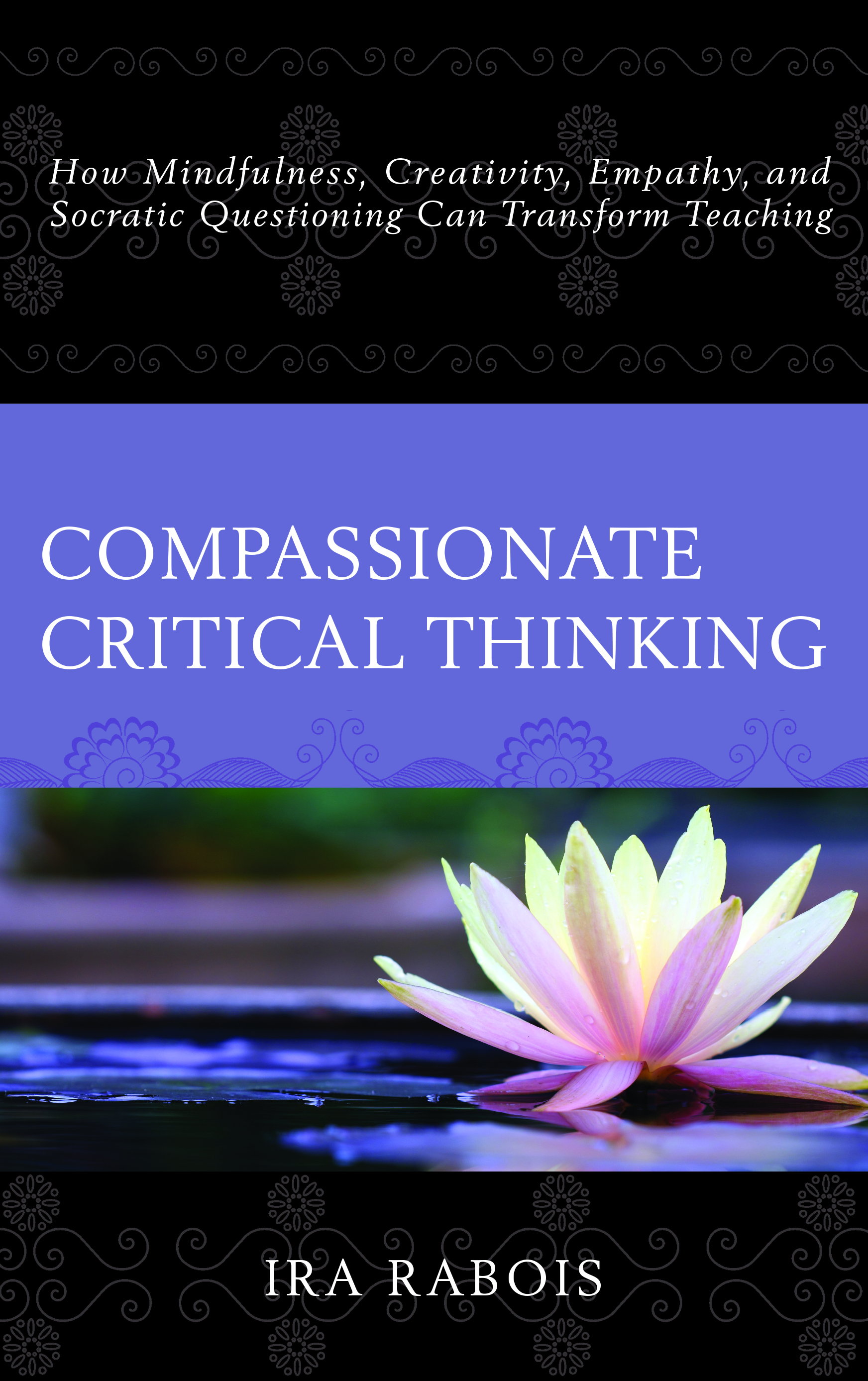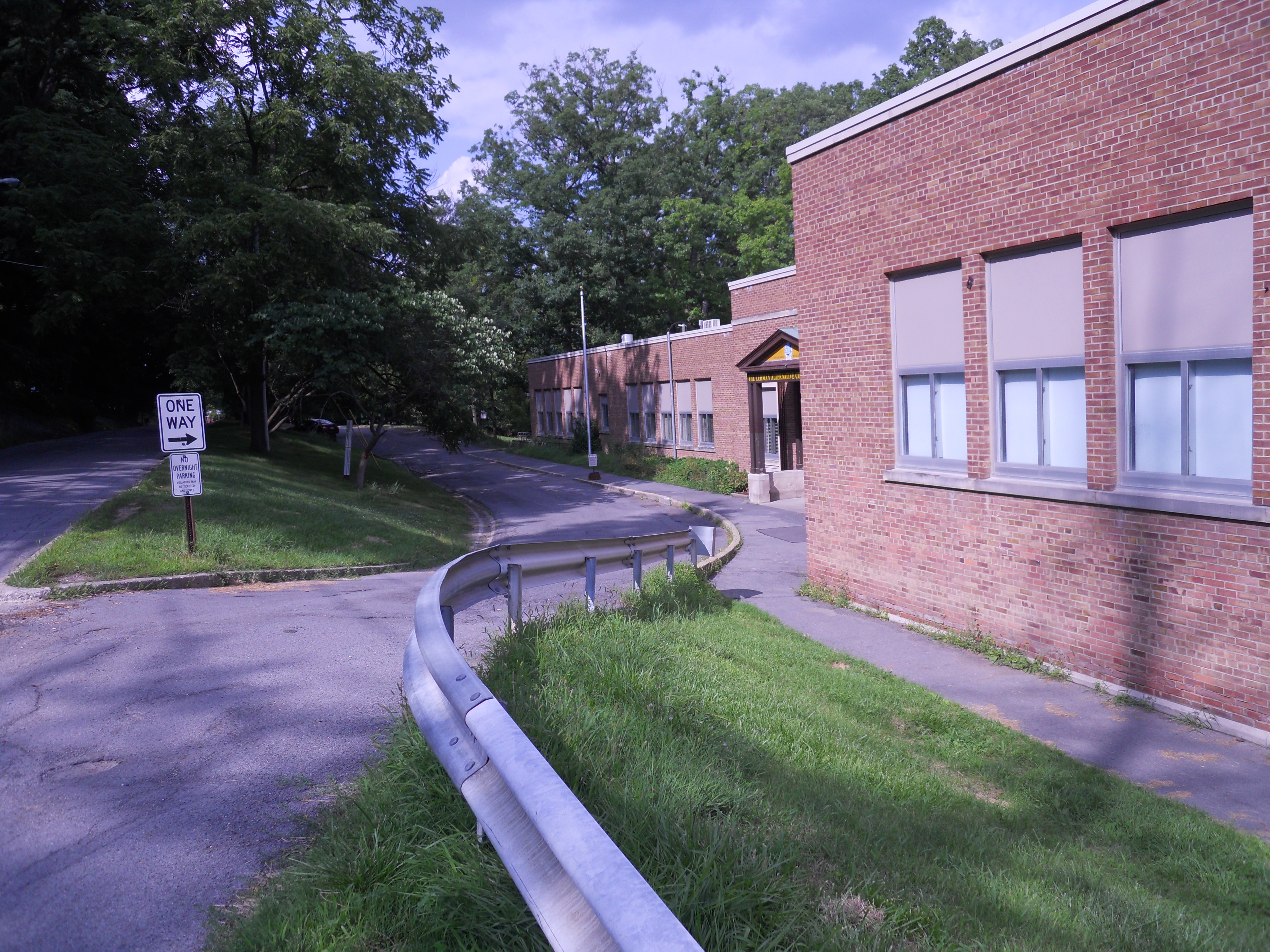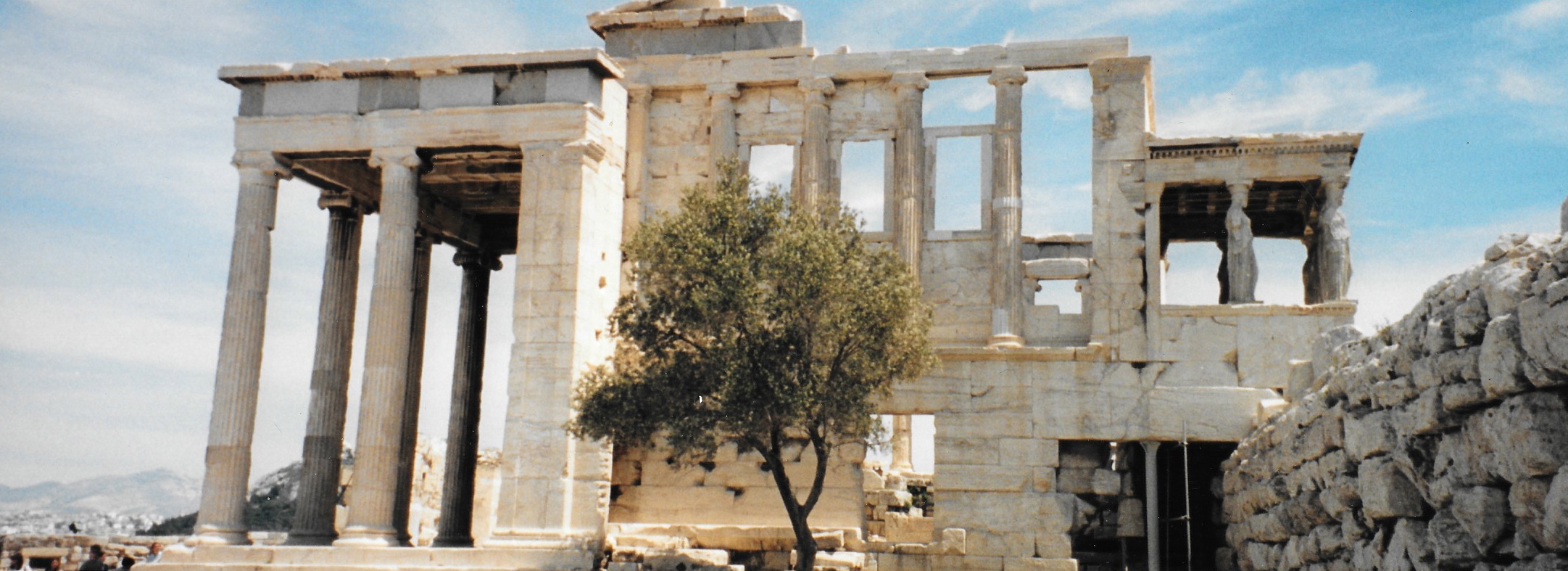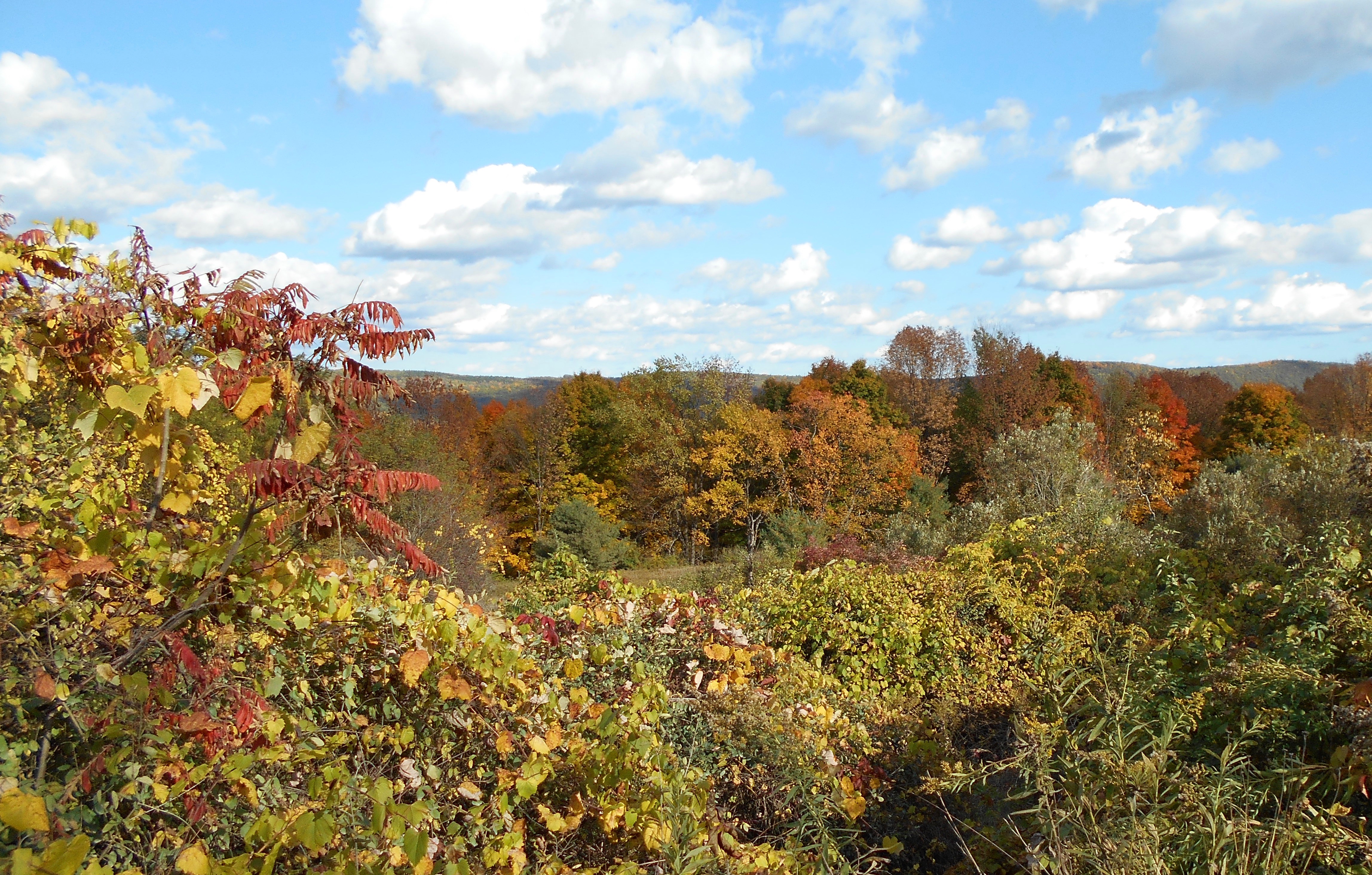Gratitude Can Change your Classroom and your Life:
Guest Blog by Owen M. Griffith
Teaching is a challenging endeavor. With all the demands on a teacher’s time and energy, it is easy to lose the enthusiasm that brought us into the classroom. In addition, teachers have recently had new requirements added to their load, including standardized testing and dealing with changing curriculums.
However, there is good news. Recent research and personal experience have shown that gratitude, a simple yet powerful tool, may be applied in our classrooms to improve the culture, as well as to raise students’ grades and goals.
The Challenges and the Miracles of the First Year
Of all the things I have done in my life, getting through my first year of teaching was by far my most challenging undertaking. During that first year, I am thankful that I would occasionally reach those transcendent moments where I did connect with the students and felt the magic that happens when the classroom unites in learning.
Many nights, I would wake up at 3 AM, haunted by all the things going wrong with my teaching. This is when I would do a personal gratitude list and still find the good things happening among all the apparent problems. This kept me going through those darkest hours. Just when I thought of quitting and going back to my old career, a major miracle happened.
Robert
Robert was a tough 7th grader who didn’t seem to care about school or anything else. By his own admission, he was on the brink of joining a gang and failing every subject. When I would pass out the science assignment for the day, he would say, “Mr. G., science doesn’t mean anything in my life.”
Then, he would ceremoniously crumple up the assignment and throw it in the trash saying, “I’ll take an ‘F’ for the day.” This bothered me tremendously, and I tried different things to reach him, but nothing seemed to get through.
After Winter Break, one day I handed out a new assignment about the scientific method. Surprisingly, Robert looked intently at the page and said, “Will you help me with this Mr. G?”
After what he said registered in my brain, I quickly went to his desk and guided him through the scientific method. On the way home that night, I found myself smiling and wondering what happened to Robert. The next thing that ran through my mind was, “Will this change last, or was it a one day anomaly?”
The next day, we delved further into the scientific method and Robert asked more questions. Even more shocking, he started helping some of his fellow students who used to throw the papers away right along with Robert.
Robert’s turnaround came at my darkest hour in the classroom. I don’t know if I would have kept going if it hadn’t been for this minor miracle. But I realized it wasn’t just a minor miracle. When a student who was thinking about joining a gang and failing every subject turned around and not only got an A in my science class, but also got straight As in every subject by the end of the year, helped other students in academics, and stayed out of trouble, I realized I was a small part of a major miracle.
When I asked Robert what had happened, he said, “You never gave up on me and kept trying with me Mr. G.” I was reminded of a saying from a pedagogy professor who would gently remind us, “All it takes to change a student’s life is the appropriate adult at the appropriate time.”
Gratitude – The Missing Element in the Classroom
To start the new year of teaching, I knew I needed to interject something powerful and positive into my classroom. One day as we were planning for the first day of school, I had the inspiration of trying gratitude in the classroom. I realized that this could be a breakthrough. If it worked for me and others, it would work for the students.
So, when the students arrived, we started a gratitude journal from the first day of class. That was over ten years ago, and as those original students enter college now, many of them still keep their gratitude logs, but some have updated them to their computers or iPhone.
Gratitude was one of the missing elements for me in the classroom, bringing about a positive and optimistic culture that only seemed to improve as the year went on. Furthermore, gratitude had a cascading effect that gave me more energy to devote to every aspect of teaching, from planning lessons to dealing with conflict between students, to keeping the students interested in school as the year dragged on.
The Gifts of Gratitude
Teaching gratitude promotes a positive classroom culture, as well as enables schools to elevate students’ engagement and academic achievement. In addition, an attitude of gratitude allows teachers to improve their own lives, as well as their students’ lives.
The many benefits of gratitude include:
- Challenging the culture of complaining and replacing it with gratitude
- Combatting materialism and entitlement with gratitude and altruism
- Understanding the barriers to implementing gratitude and dispelling them
- Healing losses in life with gratitude for students and educators
- Balancing our busy lives with mindfulness in conjunction with gratitude
- Helping teenagers utilize gratitude successfully and overcoming their resistance
- Encouraging the entire families of our students to embrace gratitude and a variety of activities to help it become a permanent part of their lives
Owen M. Griffith is an educator and author living in Northern Georgia. His work has appeared on Edutopia and Huffington Post. This article is taken from his book, Gratitude: A Way of Teaching. Grounded in scientific research, this book delves into numerous integral aspects of gratitude as it relates to education. Success stories and step-by-step instructions are also included in order to implement gratitude in the classroom and schools.
Order Owen’s book directly from Rowman and Littlefield Publishers through 12/31/17 and save 20% with discount code RLEGEN17.
Owen’s book is also available on Amazon, and be sure to check out Owen’s blog at http://spirituallyteaching.








